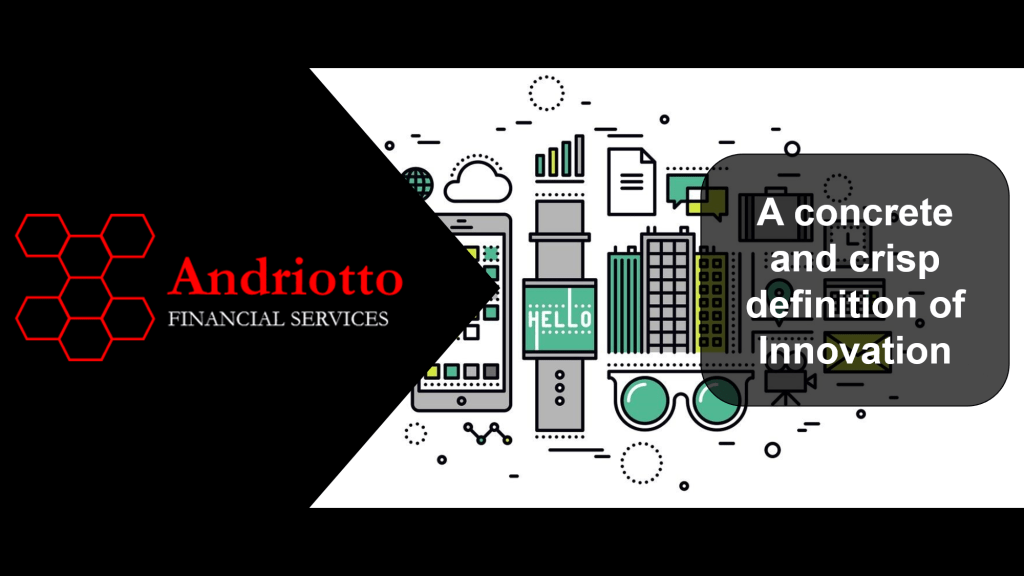In order to determine whether the EIC Horizon Accelerator programme is for you, you need a crystal clear definition of innovation.
This is not only necessary if you deliberate whether to apply or not under the guidelines. Having a clear understanding of definition and mapping your start-up against it will make you clearly understand whether and where the added value of your undertaking lies. This value may lie in some virtues of your project, product or service other than innovation.
To manage your start-up project in a systematic and value-additive way, you have to have a clearly understood and shared amongst team definition of innovation. Without this, it’s impossible to know how much “real” innovation is going on and whether it’s paying off.
Just as critically, you can’t rationally commit and prioritize limited resources if no one can agree on what’s innovative and what’s not.
Coming up with a practical definition of innovation is harder than it sounds, particularly if the goal is to rank every new initiative or product by its “innovativeness.”
Companies often introduce new products and services, but are they truly innovative? Heinz developed a new squeeze bottle for ketchup, but is that innovation? Comcast unveiled a revised bundled cable, internet, and phone package, but does it qualify as a breakthrough? Whirlpool launched a washing machine that dispenses the proper detergent amount, yet is it a game-changer? There are many shades of gray between trivial modifications and genuine innovations that disrupt the market. Determining what qualifies can often spark debate.
Most people can distinguish between a genuine breakthrough like the original iPhone. It’s tougher to get agreement on all the shades of grey in between trivial enhancements and breakthroughs.
In our experience, it can take several months for a start-up team to hammer out its definition of innovation. As a starting point, it is important to look successful companies, products and services and identify the sorts of ideas that have produced noticeable margin and revenue gains.
For a product or service to be innovative, it must be unique and compelling to consumers. It must create a competitive advantage and sit on a migration path for further innovations. It must provide more value to consumers than anything else in the market.
This definition may seem somewhat generic. People use these criteria to determine truly innovative ideas. Understanding developed as people used the criteria over time. Use tightened the definition and narrowed differences of opinion. It’s also important to periodically review the definition: did products rated as highly “innovative” actually yield above-average returns?
A practical definition of innovation makes it easier to set innovation goals. A practical definition of innovation facilitates resource allocation to innovative projects. It assists with planning product launches and targeting advertisements on breakthrough innovations. Additionally, it permits measuring the performance of innovative efforts. Having a clear framework enables focusing resources, launch strategies, and advertising. Performance can then be evaluated objectively.
At AFS, we are passionate about fostering innovation and empowering ambitious minds to flourish. Our mission is to provide best-in-class financial services for traditional and crypto deals, exploit European grants, and use quantitative methods to improve clients’ performance. We aim to help our customers unlock their full business potential.
Are you looking to fund your next venture or unlock grant opportunities?
Contact us at [email protected]!




